Mauro Pinto – The voice of the mine
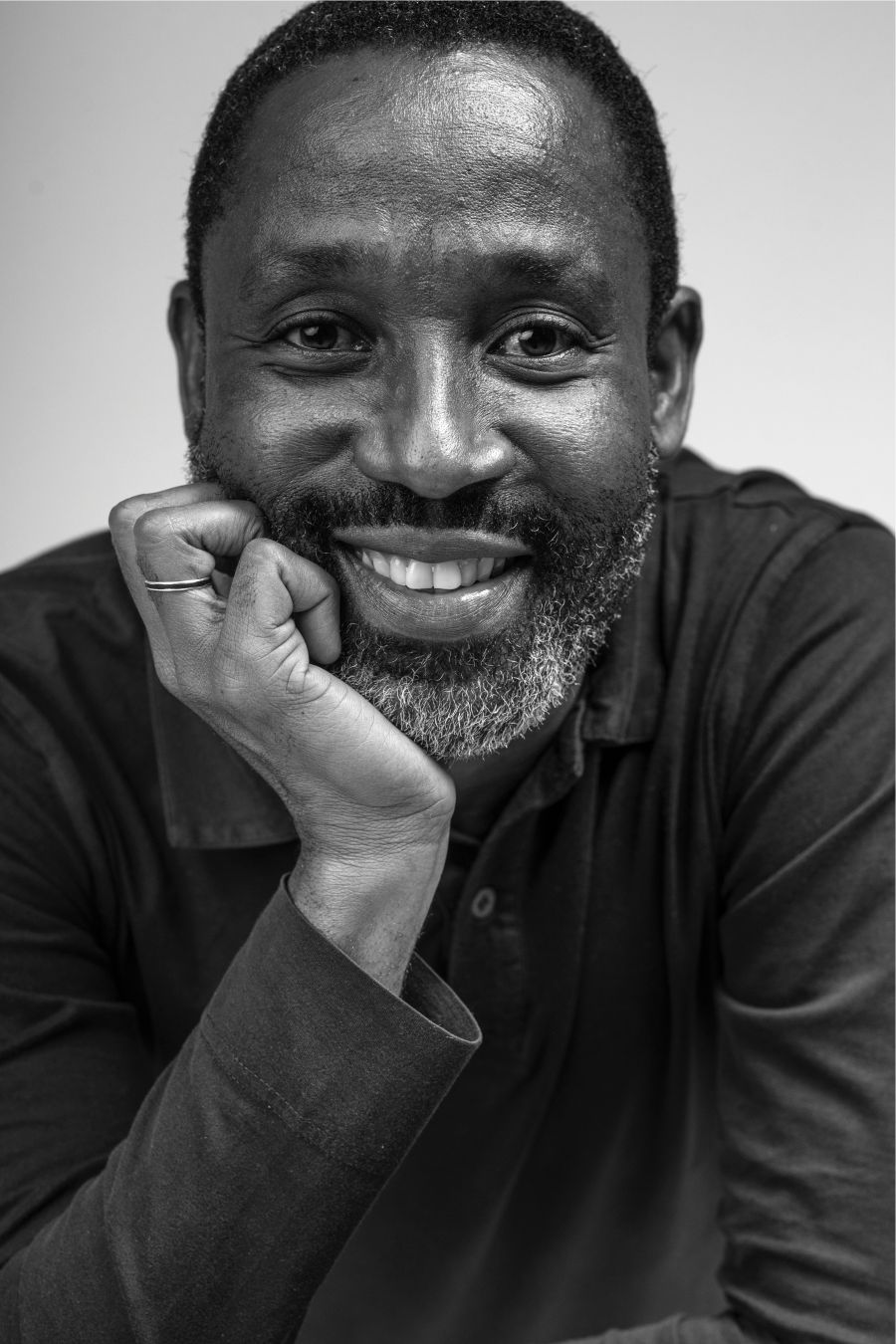
One enters the womb of the Earth, crossing a black felt cloth. A small flashlight, on the forehead, is the only help in the dark. We enter another dimension, an uncomfortable place. We entered the darkness of a mine.
At the entrance, a sentence, “You don’t die the day before,” almost an epigraph by Mauro Pinto, the author of Blackmoney, the photographic work that resulted from seven years of frequenting mines.
“Mauro becomes a mine,” as you can read in the brochure – signed of C. Pereira Pinto – of the immersive exhibition that has been on display at the Franco-Mozambican Centre since September. With Blackmoney, Mauro Pinto takes us to the mine and invites us to become a mine.
Advertising
Great plastic rigor and a skillful use of light characterise all of Mauro Pinto’s work. His name is among the most renowned contemporary photographers in Mozambique, joining names of great tradition, such as Ricardo Rangel and José Cabral.
He was selected for the Venice Biennale in 2019, won the BESPhoto Prize in 2012 and has a wide participation in individual and collective exhibitions worldwide. Born in 1974, in Maputo, where he lives and where he experiences an immersive exhibition with Blackmoney for the first time.
With unsteady steps, we enter the labyrinth of the Moatize mine (in the coal province of Tete) with the photographs of Mauro Pinto. Anguish takes hold of us. Here and there some shoes, a military uniform…
Tiago Correia Paulo’s composition accompany this immersion that wants to make us feel part of it and use our senses to explore it. We are all called to be protagonists, to raise our voices, to react in the face of injustice to rescue our humanity.
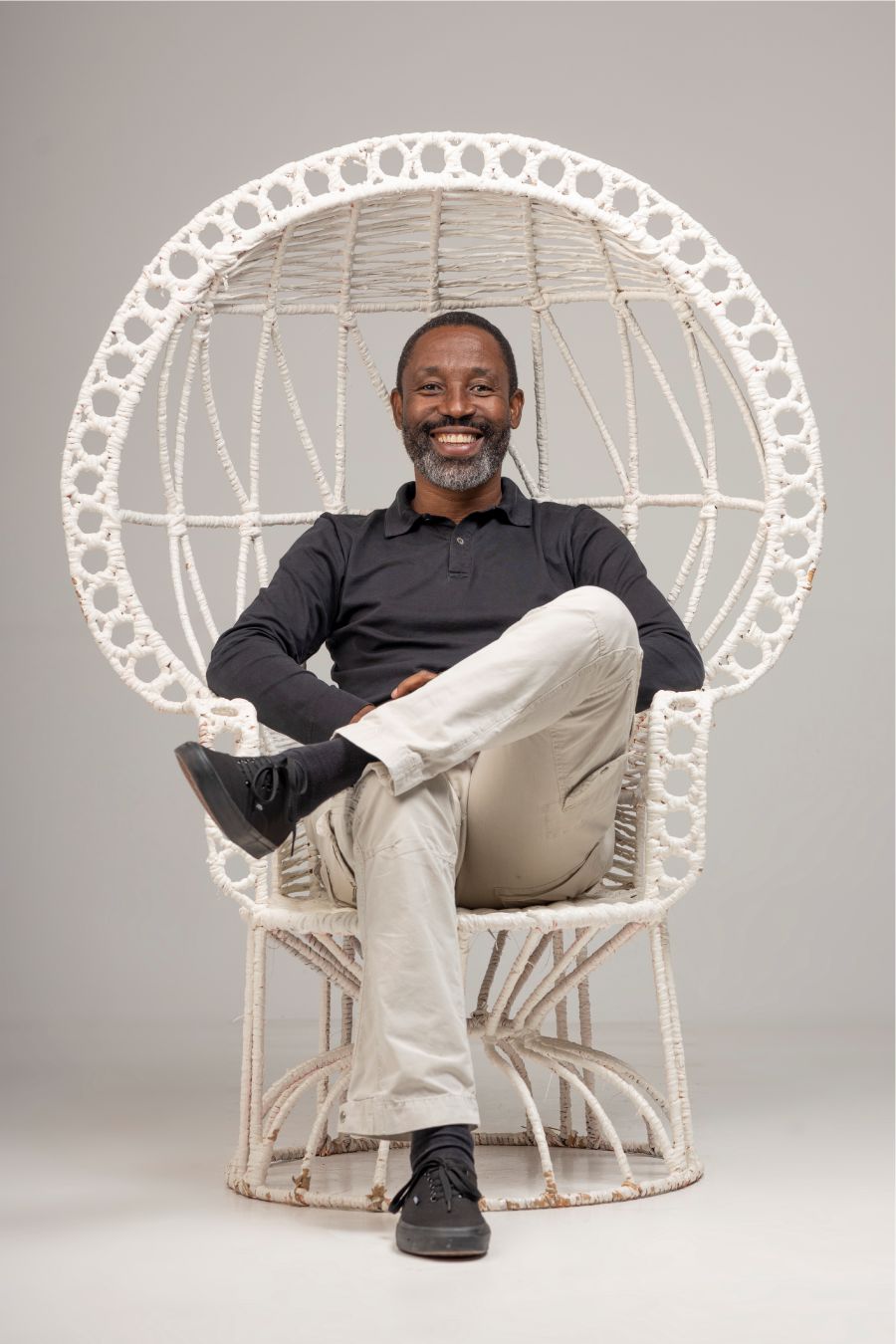
The first photo stands out. And then, in all this darkness that enters our skin like coal, comes another. It’s like punches to the stomach. They are silenced screams to which Mauro Pinto gives voice. It is the voice of the miners, the voice of the last ones.
Great plastic rigor and a skillful use of light characterise all of Mauro Pinto’s work.
His name is among the most renowned contemporary photographers in Mozambique.
A child emerges from the darkness, almost offered to the visitor. An immense pain takes hold of us because, paradoxically, it represents the only hope in this airless density.
The night of the various Chipangas is a metaphor for those who die without living, of those who live dying in the darkness of a mine, in the darkness of a “vampiric system… where our dignity has wintered.”
Blackmoney is a wake-up call for each of us to take responsibility for action: “It is a cry that brings to light the connivance and (in)convenience of our supposed humanity.”
The photographer lives with the miners and portrays them. The veins, the corns, the coal in the nails and the pores of the skin. The shovel is an authentic extension of the miner’s hands. The camera is the extension of the photographer’s eyes. Hands that dig the coal mines in the dark, hands that reveal the corners of the Earth’s womb. Eyes that become hands and reveal the pain of the Earth’s womb and of the men that there, slowly, die and with them our humanity.
Mauro Pinto is very careful to bring a perspective of reality that is denser and more complex and not merely immediate. He, who has a commitment as an environmental activist, does not allow himself to be carried away by the pamphletary wave. It does not produce photographic rhetoric.
As a photographer, he does not give up on broadening the debate. Because if it’s true that you don’t die the day before, the opposite is also true. You don’t live the day before.
Issue 76 Nov/Dec| Download.
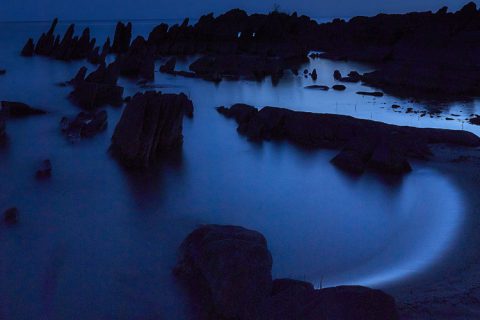
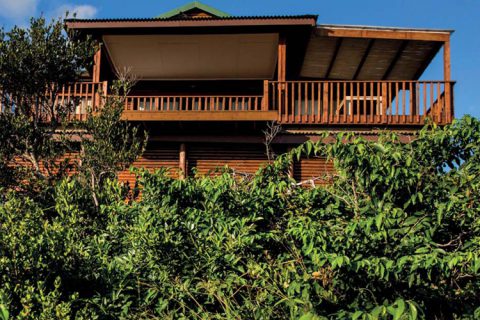

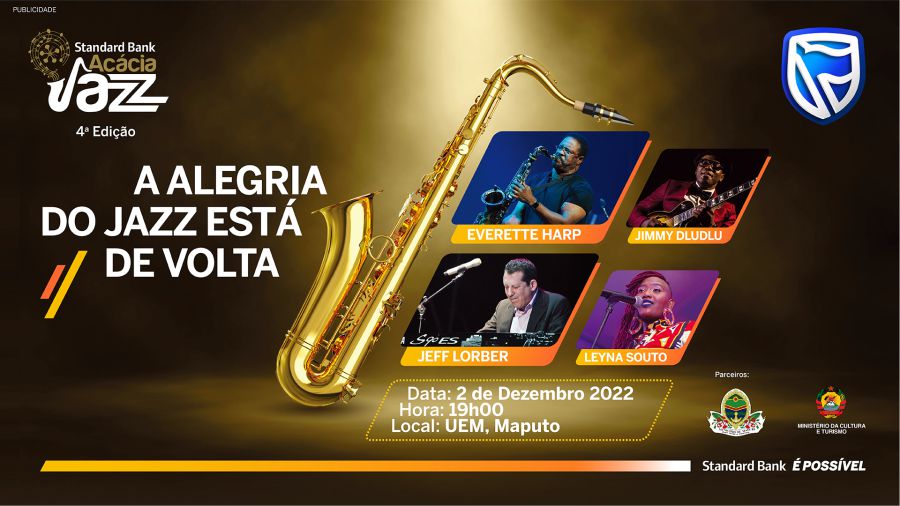
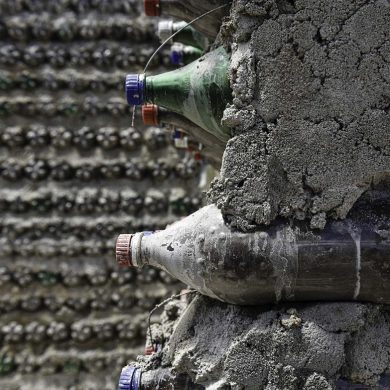
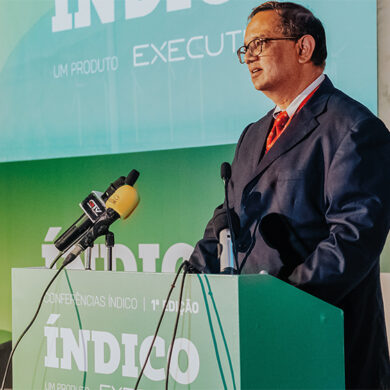


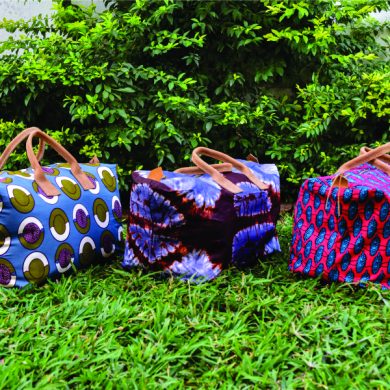
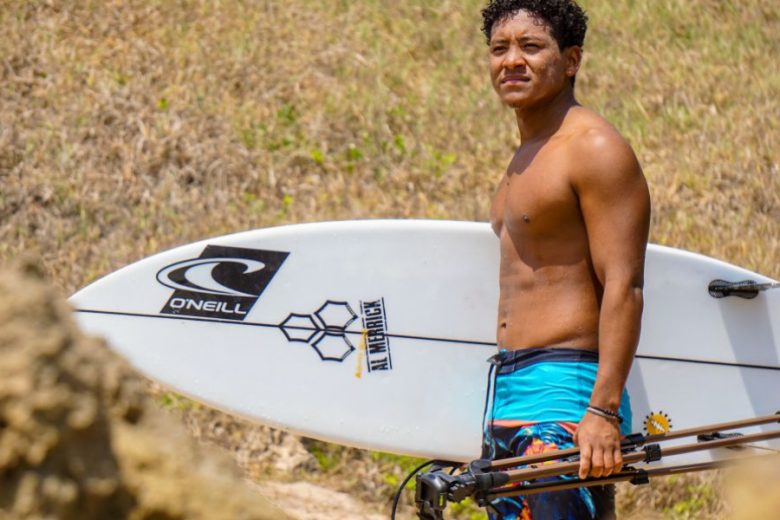
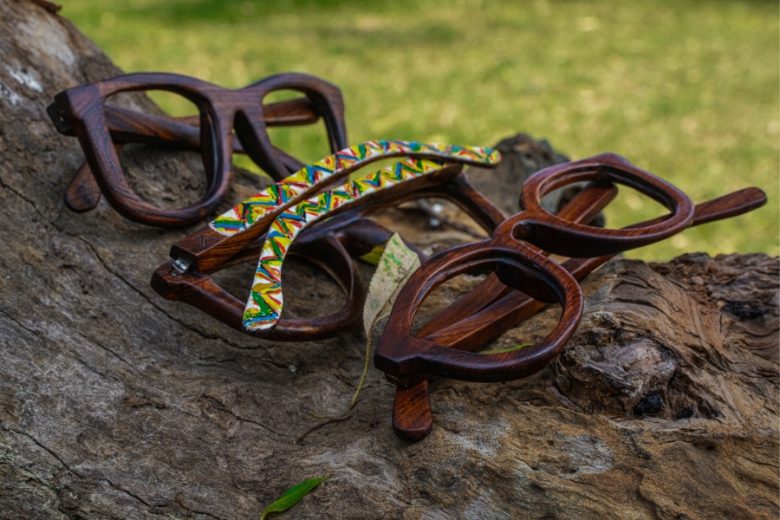



 Read more here
Read more here






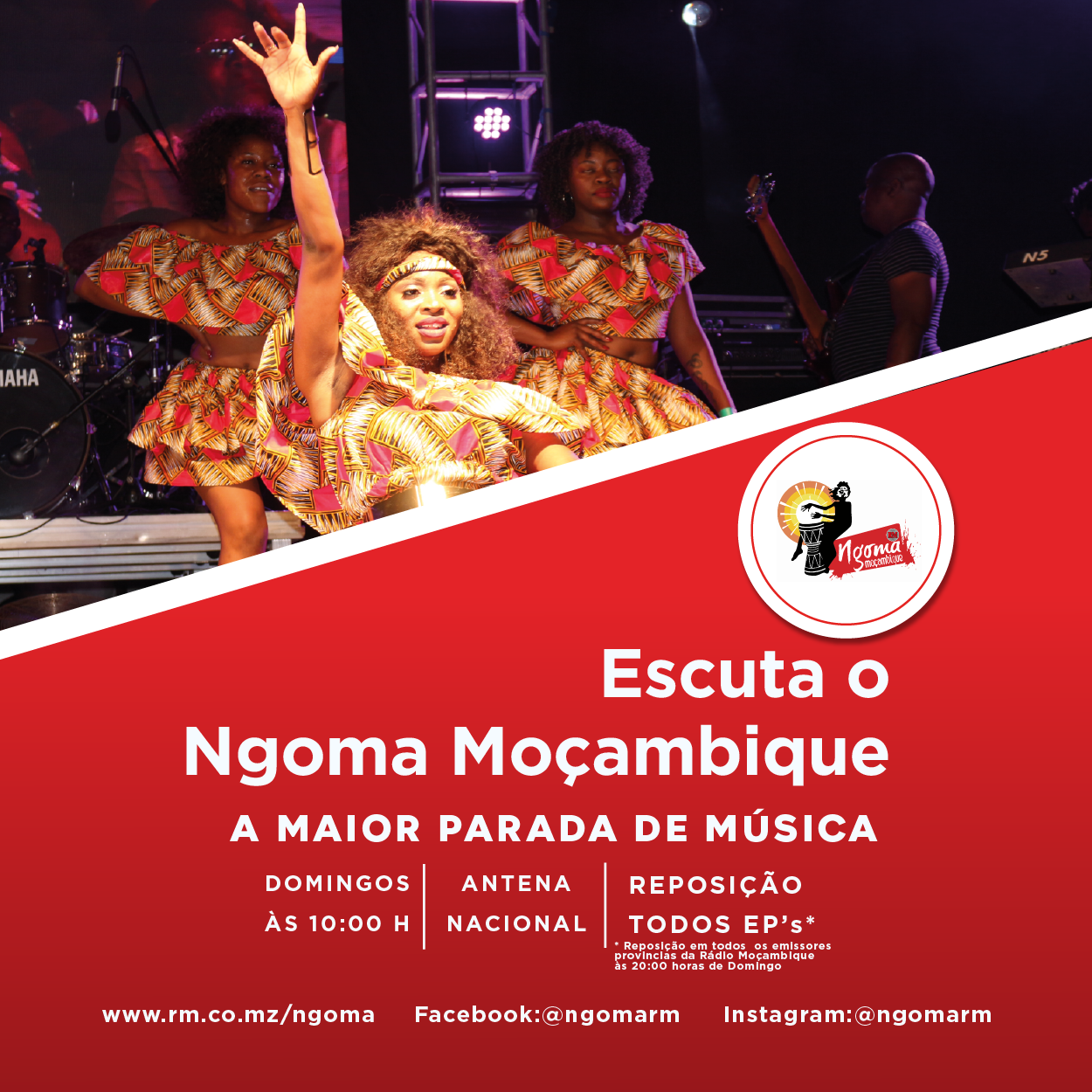
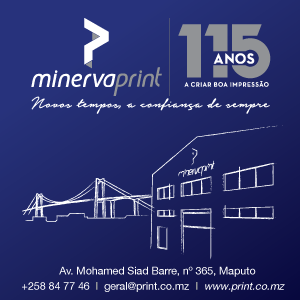





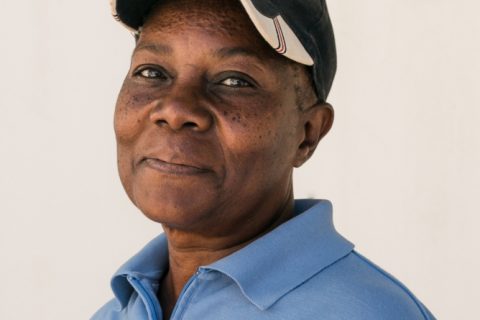
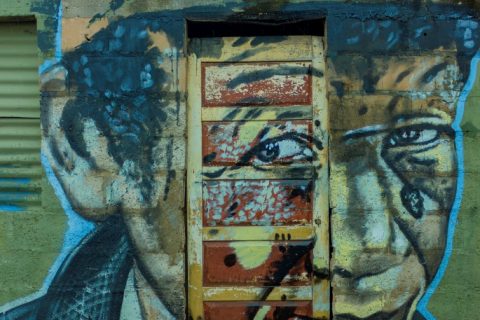

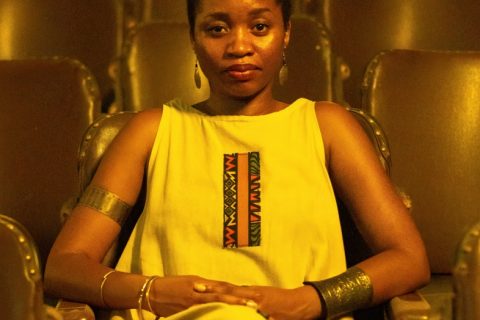
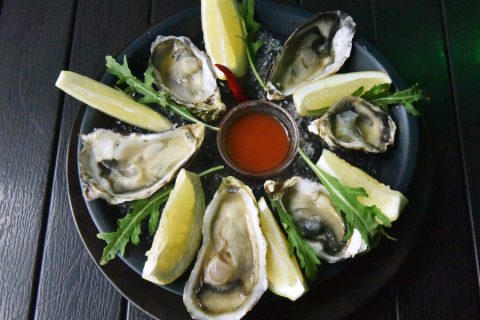
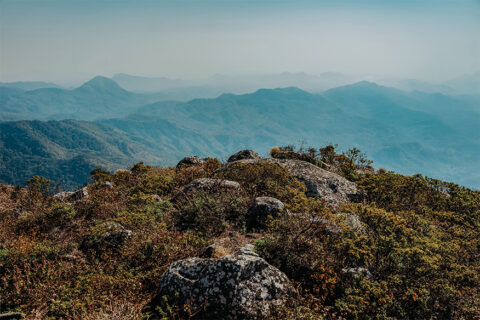

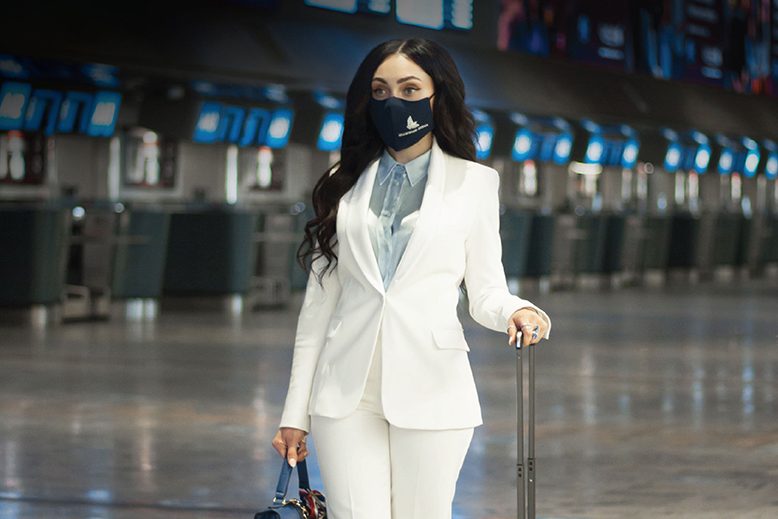
0 Comments